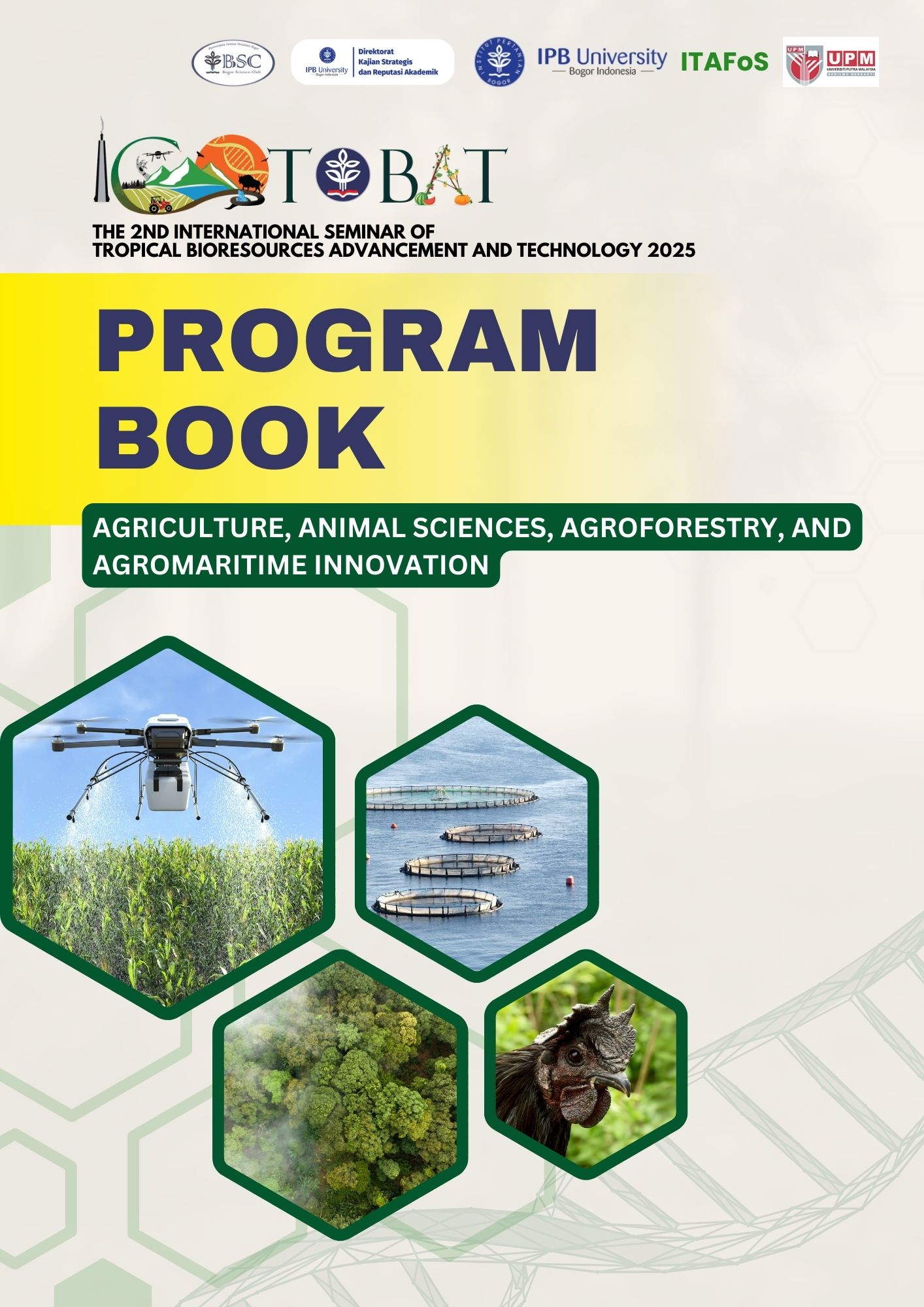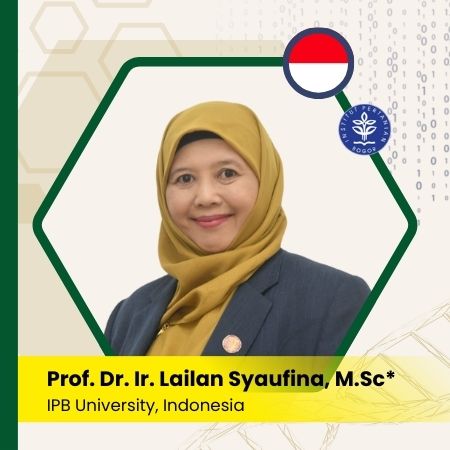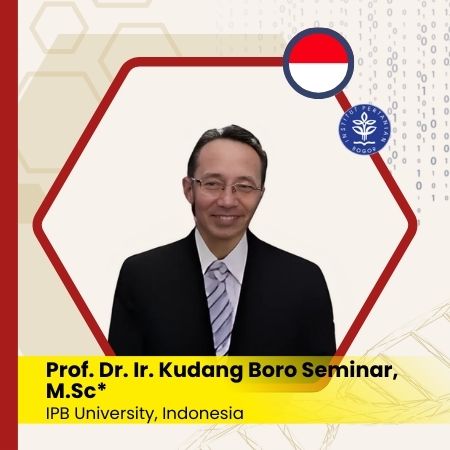The Potential of Rabbit Farm Waste as a Growth Medium for BSF Maggots in Producing BSF Maggot Biomass and Frass
Abstract
Rabbit farm waste consists of feces mixed with urine and feed waste, which is a complex organic material. In addition to containing organic materials, feces also contain a number of indigenous decomposer microorganisms and pathogenic microorganisms. Efforts to utilize the potential of rabbit waste can be done by utilizing it as a growth medium for BSF maggots. Maggot growth media as a source of nutrition for maggot growth and activity. Maggots cannot utilize complex organic materials, so decomposition must be carried out first using indigenous microorganisms. The decomposition process of complex organic materials by indigenous microorganisms needs to consider the C/N ratio content of the substrate, the C/N ratio value of the substrate ranges from 25 - 30. Rabbit feces contain a C/N ratio of 24.30, so additional ingredients are needed to meet the required C/N content. In this study, rabbit feed waste containing a C/N ratio of 27.18 was added. The purpose of this study was to determine the potential of rabbit farm waste as a growth medium for BSF maggots in producing BSF maggot biomass and Frass. The method used in this study was an experimental method with 3 treatments T1 = 100% rabbit feces media, T2 = 100% feed waste media, T3 = mixed media 50% rabbit feces + 50% feed waste, with 6 repetitions, the media used was 2 kg. The research process begins with the isolation of indigenous microorganisms in each medium, intended to ensure that the number of microorganisms is sufficient to carry out the initial decomposition process. Furthermore, each media underwent initial decomposition by indigenous microorganisms for 7 days, intended to change complex organic materials in the substrate into simple organic materials, which can be utilized by maggots. Next, the media is ready to be used for maggot growth for 14 days. Baby maggots aged 7 days, used as much as 100 gr. The data obtained were analyzed using ANOVA with Duncan's further test. The results of the study showed that the results of bacterial isolation in the initial media for each treatment were as follows: T1 = 96,83 ± 4,02 x 1010 cfu/gr, T2 = 77,33 ± 3,27 x 1010 cfu/gr, T3 = 78,83 ± 1,87 x 1010 cfu/gr, The number of bacteria has met the requirements to decompose organic materials. The BSF maggot biomass production obtained at T1 = 434.17 gr, T2 = 424.16 gr, T3 = 539.16* gr, Frass produced T1 = 1295 gr, T2 = 624.17, T3 = 288.33* gr. The best treatment was T3 which produced the highest Maggot Biomass of 539.16 gr and the lowest Frass yield of 288.33 gr.






























